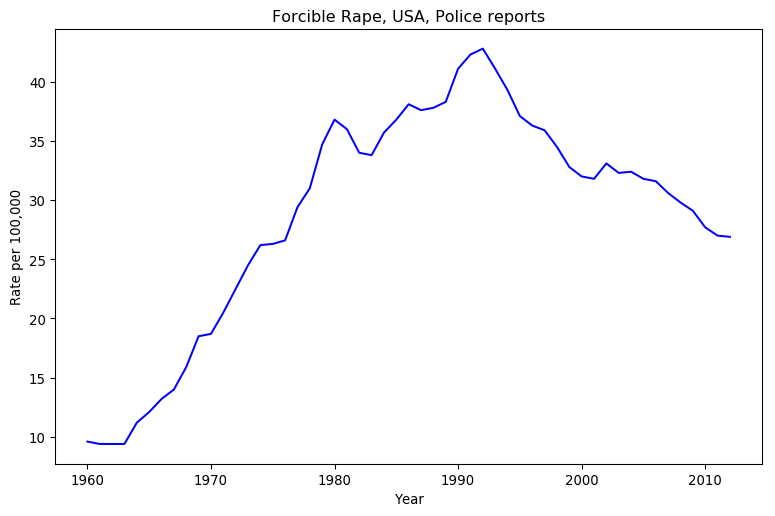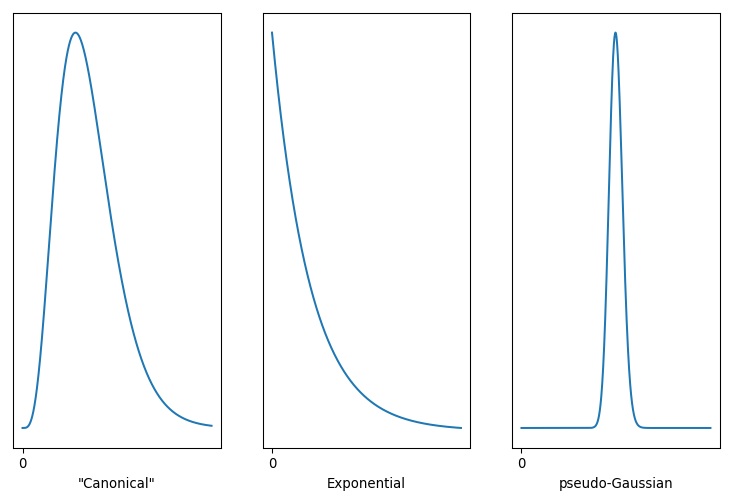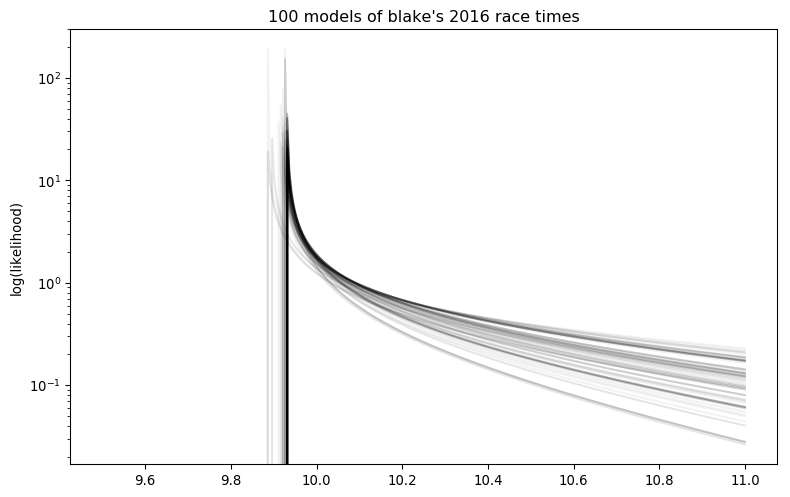Before reading further, glance back up: what does the second half of that title bring to mind?
No really, spend a few moments pondering what you think the term “feminist glaciology” means.
Almost done?
Enough shenanigans, it’s time to meet the real thing. [Read more…]








